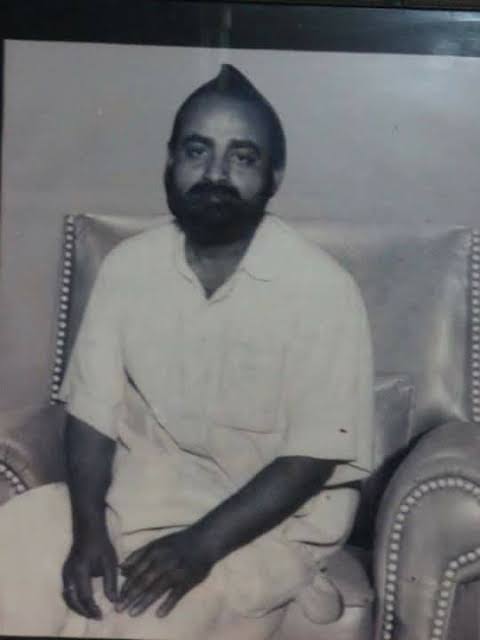In 1946, the massacre of Hindus in Bengal was intricately planned under the name of Direct Action Day.
/1
/1
Jinnah had chosen the 16th of August as Direction Action Day because it was the 18th day of Ramzan, the day when the Battle of Badr was fought and won – a war fought by Prophet Muhammad himself against the Kaffirs.
/2
/2
On the 16th of August, Calcutta was littered with posters lionising Jinnah and reminding Muslims that they had to follow the footsteps of the Prophet.
/3
/3
Syed Muhammad Usman, mayor of Calcutta, had issued a widely circulated leaflet that said: Kafer! Toder dhongsher aar deri nei! Sarbik hotyakando ghotbei! (Infidels! Your end is not far away! You will be massacred!).
/4
/4
The aim was to make Bengal ‘land of the pure’ and rid it of the Kaffirs (Hindus) by waging another Battle of Badr.
/5
/5
What followed on the 16th right after the Jumma Namaz is Muslims going on a rampage, beheading Hindus, chopping their limbs off and raping Hindu women.
Several women were taken as sex slaves by those who were fighting with the religious fervour of the Battle of Badr. In the Kesoram Cotton Mills at Lichubagan in the Muslim-dominated Metiabruz area, Muslim mobs entered and beheaded over 600 labourers.
/6
Several women were taken as sex slaves by those who were fighting with the religious fervour of the Battle of Badr. In the Kesoram Cotton Mills at Lichubagan in the Muslim-dominated Metiabruz area, Muslim mobs entered and beheaded over 600 labourers.
/6
The Hindus, neutered and asked by Gandhi to die with a smile on their face hardly fought back. There was a mass exodus from Bengal that marked millions fleeing, because the massacre seemed too brutal to fight against.
/7
/7
on the 17th of August after 2 days of Hindus being massacred, Gopal Chandra Mukhopadhyay rose like a phoenix. Gopal Patha (Patha means ‘lamb’. He was called so because he ran a mutton shop) had already founded the Bharat Jatiya Bahini, an organisation of young men to help fellow citizens during a natural calamity.
/8
/8
On the 17th, Gopal Patha turned from a philanthropist to a warrior, ready to defend his people. Throughout the night, Gopal Patha, along with his young men from the Bharat Jayati Bahini worked on a plan on how they could defend Hindus from the Muslim barbarians. The marwaris offered finances, others spent the night making weapons for them.
/8
/8
Muslim League chief minister of Bengal, Huseyn Shaheed Suhrawardy and the Muslim League goons had decided on the 17th that they were going to take two more days to complete the annihilation of Hindus. But they had not taken into consideration their greatest roadblock. Gopal Patha.
/9
/9
From the 18th to 20th, Gopal Patha and his men put up a brave fight, paying the Muslim League goons back in equal measure, if not more.
/10
/10
Historian Sandip Bandopadhyay wrote, “They faced resistance everywhere. Hindu youths counter-attacked with such ferocity that the Muslim League men had to flee. Many were killed.
/11
/11
Emboldened by their success in taking on and defeating their Islamist attackers, Hindu youths took the fight to Muslim-majority areas and started killing Islamist men. They did not, however, touch Muslim women and children or the aged and the infirm
/12
/12
By the 19th of August, suddenly, the Muslims started feeling unsafe. Only two days of retribution, of self-defence, and the Muslim League started running with tail between their legs.
/13
/13
Our Sadar Naman to this Warrior who refused to surrender to the violence of Islam and took up weapons in his hands to Save Dharma.
It's today that we feel the most need for people like him who can save Hindus on streets!
Jai Ho Gopal Patha!
It's today that we feel the most need for people like him who can save Hindus on streets!
Jai Ho Gopal Patha!
• • •
Missing some Tweet in this thread? You can try to
force a refresh














